In anticipation of her new book, the feted French photographer talks Kate Moss, chance encounters and Thursday nights chez Helmut Newton
Bettina Rheims’ teasingly sexual photographs of women have been featured on the pages of countless magazines and books over the last 35 years. But before she became known for her lascivious work, Rheims was just a girl who liked to fill entire notebooks with lists of names and words. Born in Paris in 1952, Rheims was raised in an intellectual and highly artistic environment – her paternal grandfather was a war hero who dined with Captain Dreyfus, while she inherited Rothschild blood through her mother’s side of the family. Following a fairy tale childhood, Rheims’ unconventional spirit started to show when she got expelled from middle school for sewing a skull on a baby smock. It was around that time that she first came into contact with photography, using her younger sister as her first model.
Following a short-lived career as a journalist and model, and an equally brief first marriage, a pivotal encounter with fashion photographer Serge Bramly – who later became the father of her child – marked the beginning of Rheims’ career as a photographer, as well as the start of a long-standing creative collaboration.
Her first series of Pigalle strippers was snapped up by the Centre Pompidou in 1981, and Rheims has challenged the predictable ever since. From her early photographs – the first in colour – of naked women locked up in hotel rooms in Chambre Close (1991) to her controversial interpretation of the life of Christ in I.N.R.I. (1998), portraits of international beauty and celebrity, Chanel commercials and androgynous reflections in Modern Lovers (1990) and Gender Studies (2011), Rheims’ libidinous work has radicalised conventional iconography and pushed the stereotypical boundaries of beauty and acceptance.
Featuring a carefully edited selection of over 500 images from Rheims’ remarkable commercial and artistic archives, a new collector’s edition book – titled, Bettina Rhiems – and complementary behind-the-scenes booklet explores the depth of the French photographer’s tantalising body of work. In celebration of the upcoming release and ahead of her major retrospective announced for January next year, Rheims reminisces about artistic influences, life encounters and an unassuming schoolgirl named Kate.
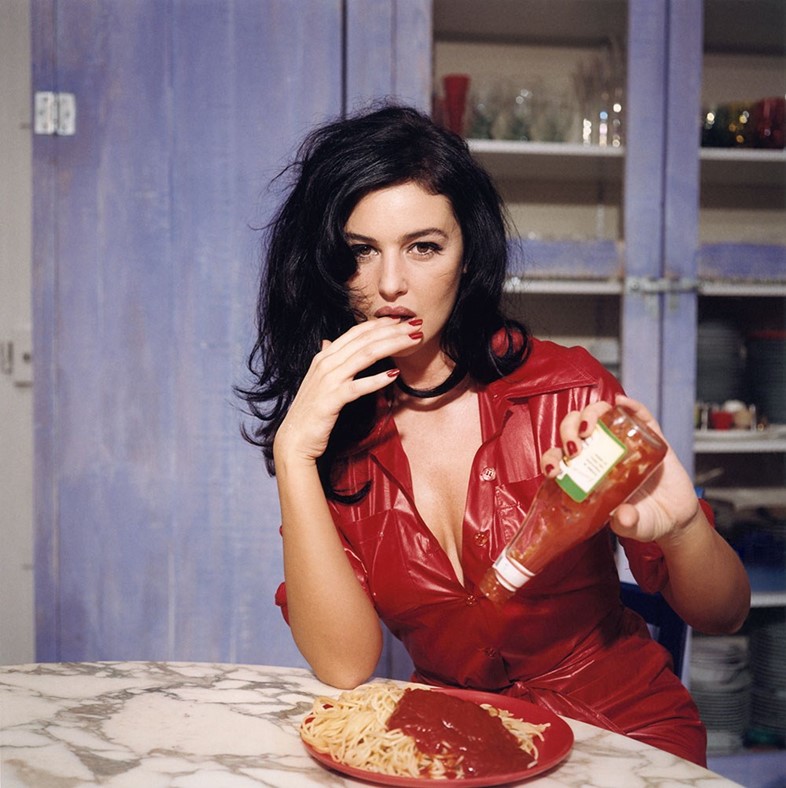
On how she became a photographer...
“I started taking pictures when I was in school – we had this photography club and that was the only thing that interested me. Then I forgot about it for a while, I moved to New York, became a model. But I felt like I wasn’t great at any of the things I was doing, I always had one leg in and one leg out of everything. And then I met Serge [Bramly]. He said that there had to be something in life for everyone, so I had to find my thing in life. Many sleepless nights later I remembered about photography. I remembered being in the darkroom, and loving the smell and the magic of photography.”
On her memory of her first show...
“I still remember going up the escalator with my father who was already not so young anymore and he was a bit like ‘What is she doing here, she’s never done anything in her life!’ There was a big wall on the left at the end of the escalator with the name of the exhibition, it said ‘Man Ray’, and below was my name.”
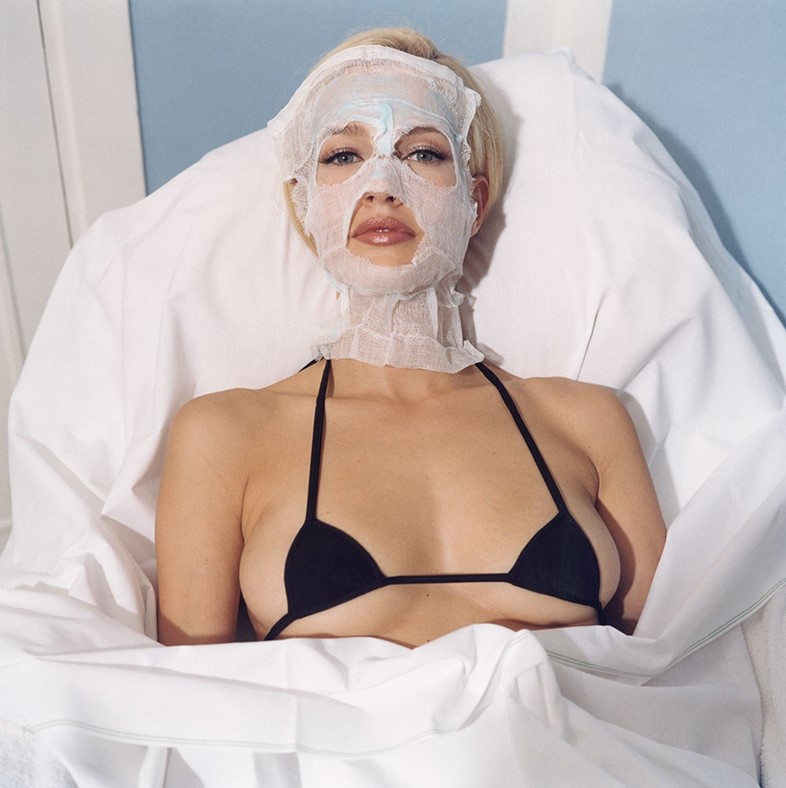
On photographing nude women...
“I still find myself having to justify being a woman taking pictures of naked women. It never occurred to me that there was something bizarre about it, it always felt very natural. [Those strippers] did it for me because they were already doing it every evening for a bunch of disgusting men who paid pretty much nothing for it. So I guess doing it for me and drinking tea must have been pretty cool – I say tea but it was often vodka.”
On the power of encounters...
“I truly believe that life is made of encounters. When my first body of work was finished, Nicole Wisniak [Rheims’ best friend and editor-in-chief of photo magazine Égoïste] published my pictures and her top photographer was Helmut Newton. She told me Helmut wanted to meet me and of course we did.”
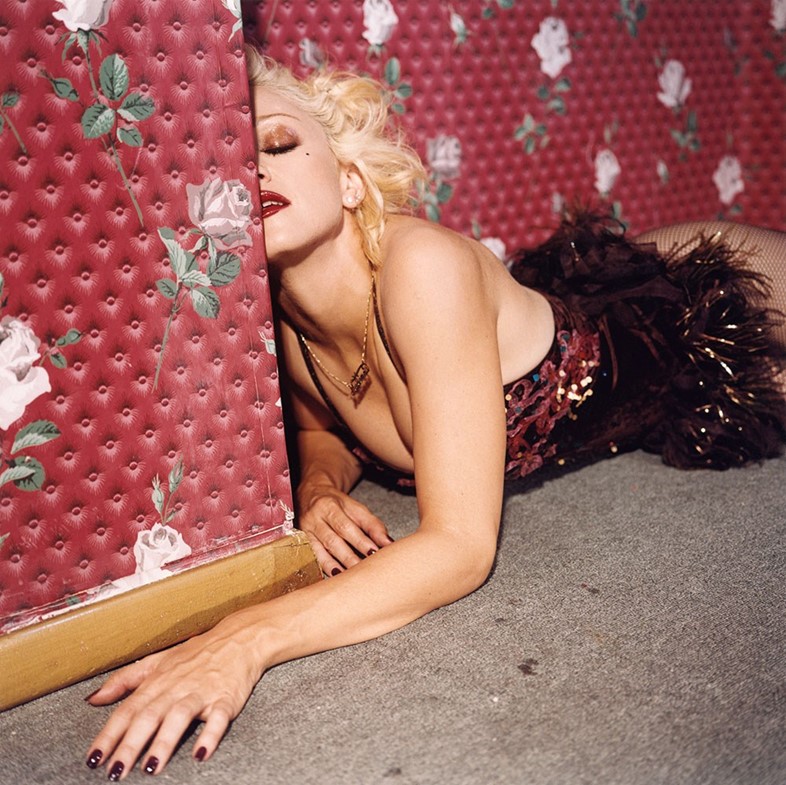
On her relationship with Helmut Newton...
“I was never his assistant – he would never have a woman for an assistant – but every Thursday night when they were in Paris, I would have dinner with June [Newton, Helmut's wife] and Helmut. I’d bring my pictures with me just to have them often harshly criticised – Helmut was tough with me, but I learnt. And his eye. He had such an incredible eye. He compromised on nothing. If I think of all the things that he was building in me... I didn’t realise at the time how important they were. He was just this man screaming at me because I was doing black and white. He would tell me that I had to get out of the studio because the studio is no way to work... He was so negative but I didn’t realise until years later that that was an incredible gift. People say I was influenced by his work but I wasn’t, my universe and my fantasies were completely different.”
On the most valuable lesson she learnt from Newton...
“I learnt rigour. He taught me to be uncompromising, and of the economy of photography. Helmut knew exactly where his picture was going to be – he didn’t need to shoot everything in close-up, then go large and then horizontal – his picture was in his head before he’d come on set. And he had these funny sayings like, ‘One model, one lamp; more than one model, two lamps.’ Of course that was a joke but I’ve learnt from him how to do my projects with very little money – I don’t need a crane and an airplane to take a picture.”
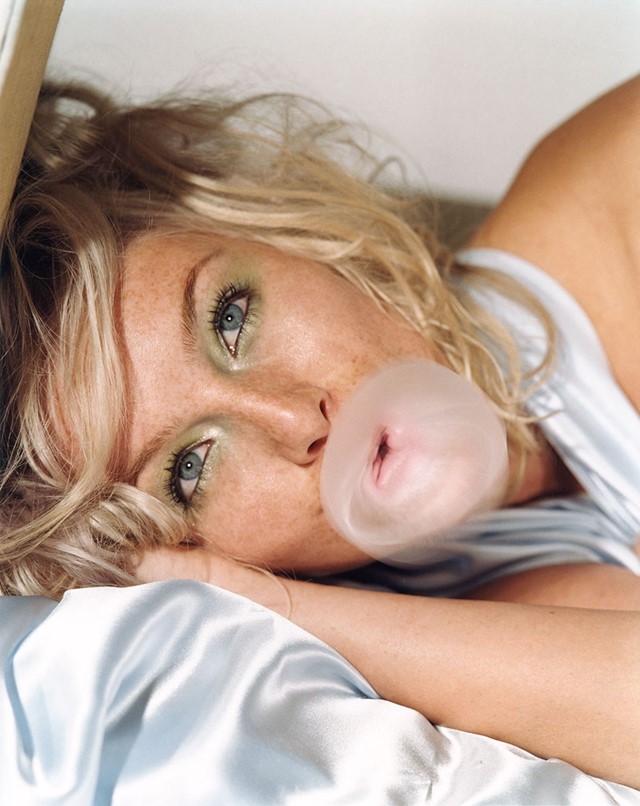
On Diane Arbus...
“I didn’t think photography could go up on a wall until I saw a Diane Arbus show in Germany. It was a total shock for me. Then I read about this woman and thought ‘I want to be this woman’. She was a genius.”
On choosing women as her main subject...
“When I photograph women I’m a photographer, but when I photograph men I’m a woman. And if a man is attractive, then I don’t want to be a photographer and if he’s not attractive, why would I want to photograph him?”
On the essence of a picture and the symbolism of the skin...
“One of the first questions I ask myself is ‘What kind of skin am I going to represent? Is it going to be warm, sun-lit, bluish? Is it going to keep all its flaws?’ I always like it when you can tell the life of a person by their faces and their eyes. For me it’s not about the nudity, it’s about what’s underneath the skin really.”

On the perfect shot...
“Photography has this amazing thing called ‘the moment’. A fraction of a second later is too late and a fraction of a second sooner is too early... Of course I have to provoke it to make it happen; it’s like dancing the tango with someone, when all of a sudden you realise that you don’t know this person and your feet get all mixed up and you try to follow the rhythm but it doesn’t work. And then in a flash it all becomes perfect, your steps fit in their steps and you can dance the same dance. I also talk a lot. It’s a conversation where I talk to them with my voice and they answer with their bodies.”
On addressing gender and androgyny long before the media...
“I started working on the subject in the mid-1980s when the world was struck by AIDS. People realised that sex meant death, so seduction had to take different forms. So they rediscovered this thing from the early 20th century, which was androgyny.
That hit me one day when I was doing a casting and this incredibly feminine woman walked into the studio. Kim was wearing high heels and had an incredible hairdo and I was like ‘This is androgyny, what are you doing here?’ She sat down and didn’t speak but she was smiling at me – I thought she was deaf. I told her she could leave her picture and that we would have called her – and that’s when she told me she wasn’t a woman.
I had never seen a transsexual person before – she was brilliant and she could sing, dance and write [Kim will later write the text for Rheims’ book Kim where she recreated the boy she used to be. Kim died of AIDS before the book was published in 1994]. She became a total inspiration for me.”
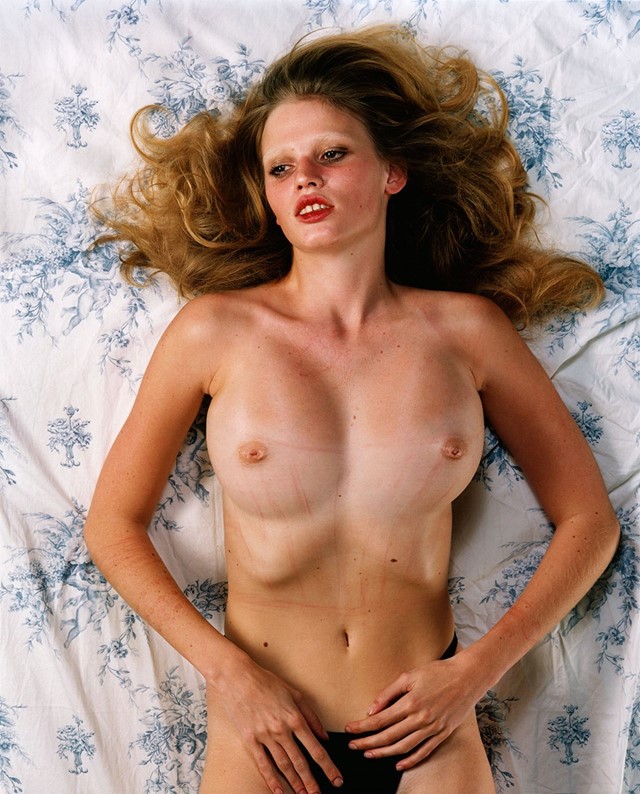
On Kate before she became Kate Moss...
“Some time after I met Kim, I was speaking with Jean Paul Gaultier, who is a close friend of mine, and I found out that he was also thinking about androgyny for his next show, so we decided to do this together – he would give me some clothes and I would send him some people.
"Soon afterwards I moved to London where most of my project [Modern Lovers] was shot. One of the models in the project was a 13-year-old girl named Kate – she didn’t have a last name at the time. She walked into the agency with her backpack that day because she wanted to be a model. When I saw her I told them she was the girl I wanted; they told me she wasn’t a model and that she was going to school and I had to call her mum. So I called her mum and asked her ‘Can I photograph your daughter? I might need to take off her T-shirt.’ So then I asked Kate if she wanted to be in my project and she said ‘Yeah why not? I’m going to school now, can I come back at five?’”
Bettina Rheims is now available for pre-order, published by TASCHEN. Bettina Rheims’ retrospective is at the Maison Européenne de la Photographie in Paris from January 2016.
